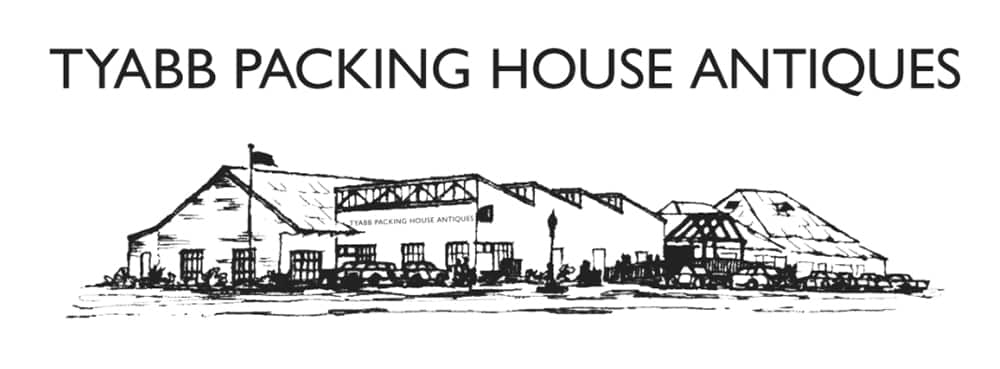
The Tyabb Packing House Antiques is home to more than 20 dealers, all specialists in their fields and many of whom have over 40 years’ experience. Their friendliness creates a warm, chatty atmosphere as you get lost in browsing.
The main complex is designed so each separate chamber flows into the other, and you end up back at the start after doing a full circuit. Take note of the names of each room which pay homage to the orchardists who leased the rooms before its evolution to present day. Each chamber is still marked with the name of a type of apple or pear – Jonathan and Democrat among the list of fruits. The ‘shed’ is joined by a separate group of dealerships called ‘The Village,’ home to artisans and creative specialists.
Come along on the grand journey of the Tyabb Packing House, who’s walls along with its tenants have many stories to tell.
PART 1
THE TYABB CO-OPERATIVE & COOL STORES LTD.
In 1912 the Tyabb and Hastings Fruit Growers Association was successful in gaining approval for a government cool store and construction was completed in 1914. It was not an auspicious start: the 78,000 gallon dam was dry and there was a total failure of the fruit crop. The spare space was filled with frozen mutton. Arrangements were soon made for the enterprise to be transferred to the local growers and on 1 July 1916 the Tyabb Co-operative Trading and Cool Stores Ltd. commenced operation.
The difficult start notwithstanding, the Board added two more chambers to the original three in 1916 with three chambers filled with frozen lamb and rabbits in 1918. This was something of a pattern; expand when there was a good year and fill the spare space with frozen meat or vegetables when the crops were affected by adverse climatic conditions (such as the drought of 1939) or pests (thrip in 1949). The RAN, which must have had a number of Irish recruits in the post-war years, were of assistance in 1951-2-3 when they required storage for potatoes!
In 1927 shareholders voted in favour of establishing a Grading and Packing Shed and this proved a great success; the figures for 1955, when fruit growing in the district was probably at its peak were 89,021 cases packed including 14,706 cases of pears and apples for export. The success of the Packing Shed created another problem which was solved in 1937 when sawmill activities commenced to ensure a reliable supply of fruit cases.
The Board was made up of local fruit growers who were elected and, as anyone who has served on community committees will attest, there can be some awkward moments. Two local historians recorded the sort of problems which can arise: “Minutes from meeting, April 1930 – ‘The incident in which a shareholder made a complaint against the Engineer was further discussed and Mr. Hutchison moved that the Engineer be written to stating that the Board was of the opinion that possibly he suffered provocation, but that they were not in accord with him using bad language to a shareholder.’ (Leila Shaw : ‘She’s Apples.’) and “June 1932 – ‘A number of complaints had been received regarding the theft of fruit from the cool store and, in an effort to combat this, permission had to be obtained from the Engineer before fruit could be removed by any person who was not a shareholder.’“ (Keith C. Cole : ‘The History of Tyabb Cool Store.’)
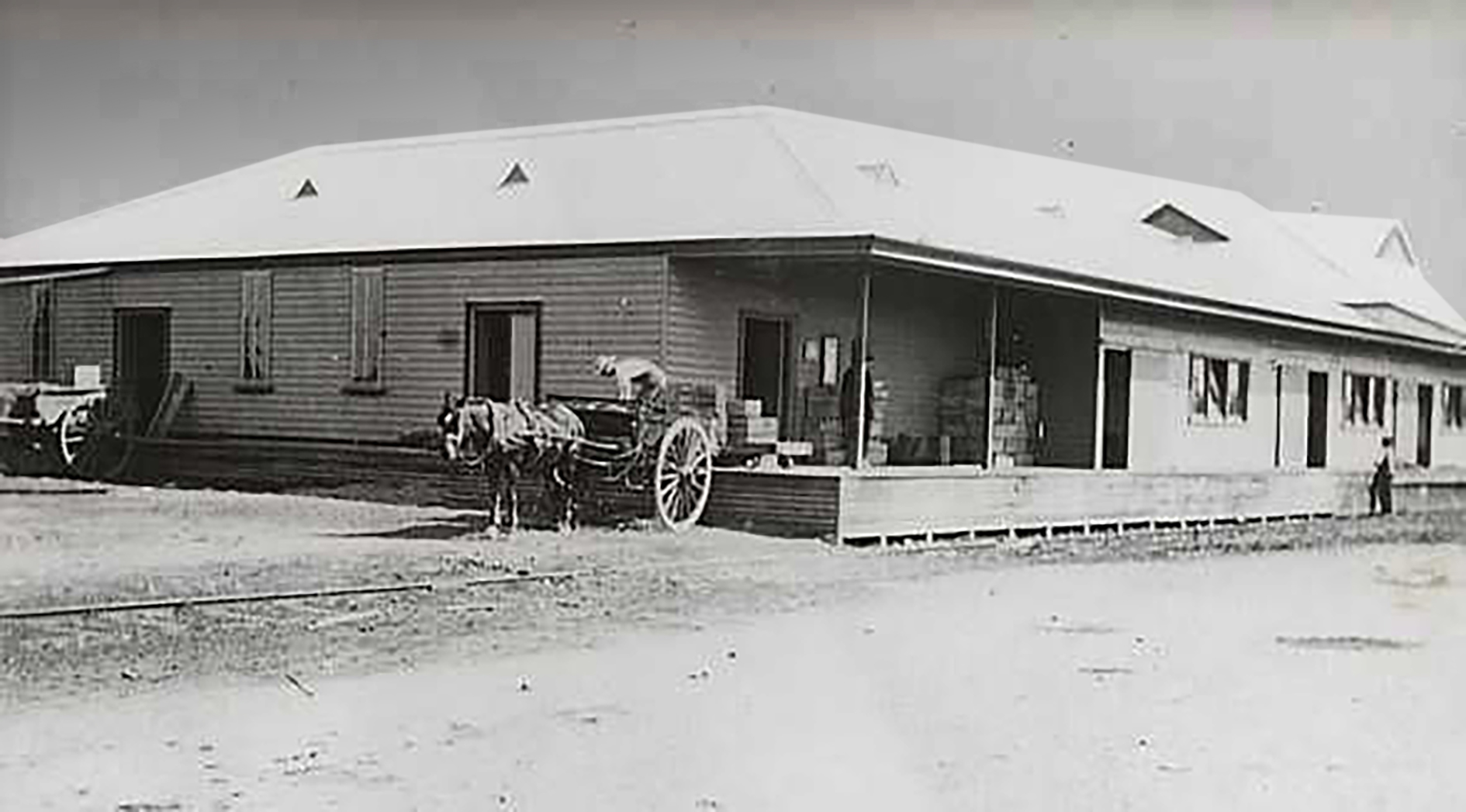
Loading produce at the Tyabb coolstores
PART 2
TYABB (Co-op) HARDWARE & PRODUCE.
As far back as the 1950’s there had been an emphasis on ‘trading’ when the industry had been having a lean year. This trend increased as the number of orchards diminished and in 1974 the Board decided to build a new hardware store on a block they had purchased on the corner of The Crescent and Frankston-Flinders Road.
The hardware shop was opened in December 1974, a State Savings Bank agency was included in the following February, and early sales were promising. However, by 1979 it was recorded that trading in the Cool Store shop was strong and that cash sales were a new record, but the Frankston-Flinders Road shop did not trade so well. By the end of that year, because of the decline in fruit supply, it was decided to cease Packing Shed operations. The decision was also made to close the store on the main road and relocate all trading to the Packing Shed. A sign was placed on the southern end of the building: TYABB (Co-op) HARDWARE & PRODUCE.
Fruit production continued to decline and the cool storage operations ceased in 1983.The Board saw its future in the Trading Shop. Although it carried a good range of stock and was able to provide a more personal service, the shop proved to be no match for the larger hardware complexes in the neighbouring towns. In March 1993 it was recorded that due to less rural activity, more urbanization and diminishing trading productivity, the shareholders decided to empower the Board of Directors to wind up the company.
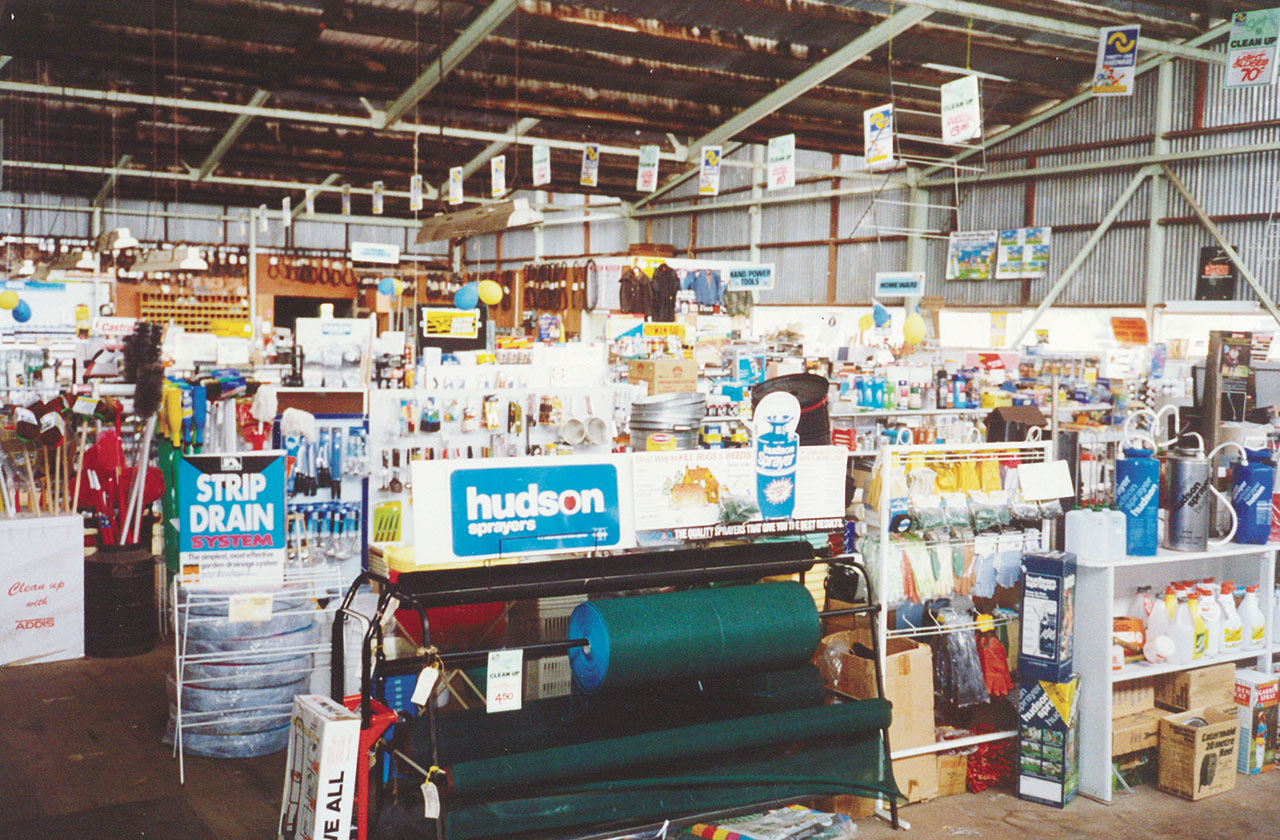
Tyabb (co-op) hardware & produce interior circa 1970s
PART 3
TYABB PACKING HOUSE ANTIQUES.
Between 1980 and 1993 Sheila Martland and her husband Gerard were the proprietors of Moorooduc Antiques & Old Wares Market located in what had been the Moorooduc Cool Store.
With the winding up of operations at the Tyabb Cool Store in 1993, the opportunity arose for the Martlands to move their business to a more suitable venue. Even though extensive renovation and building work was needed to add emergency exits, lighting, windows, and fire equipment, most of the building’s original features were maintained. The original cooling pipes remain intact, floorboards still have the remains of white guidelines which indicated where farmers were to place their fruit, and chambers and spaces within Tyabb Packing House Antiques were named after apple and pear varieties.
Many of the dealers based at Moorooduc made the move to Tyabb and for some this was quite a task; ‘Book Browser’ had to relocate 20.000 books! Although some of those dealers have been replaced in the ensuing 30 years, a few of the originals can still be found at Tyabb. ‘Book Browser’ is still there, as are sisters Dianne and Roslyn who are the proprietors of ‘White Out of the Box’ and ‘Antique Bed Specialists’ respectively. They have a sentimental attachment to the building as they recall visiting there with their father (the late Ron Benton) in the Cool Store days.
The move to Tyabb was a great success with the Herald Sun going so far on the 25 June, 1995 to report that “..Tyabb has the largest antique market in the world.” (Leila Shaw, ibid.) Shortly after the opening, Tyabb Grain Store, a separate building at the rear, was renovated. This building, and a ‘red rattler’ train carriage brought from Moorooduc, were the beginning of the formation of Tyabb Craft Village, a location for specialty arts and crafts artisans.
This popular tourist attraction with on-site cafe is dedicated to antiques, deco, old wares, scientific, retro and vintage, along with memorabilia, fine art, jewellery and a second-hand bookshop covering every subject. The Range and quality of antique furniture at Packing House Antiques has never been better and customers will find that this is an ideal time to search for that much longed-for item.
There is free parking for over 300 cars, plus spaces for trailers and bus parking. There is also an entrance from the Tyabb railway station (on the stony point train line).
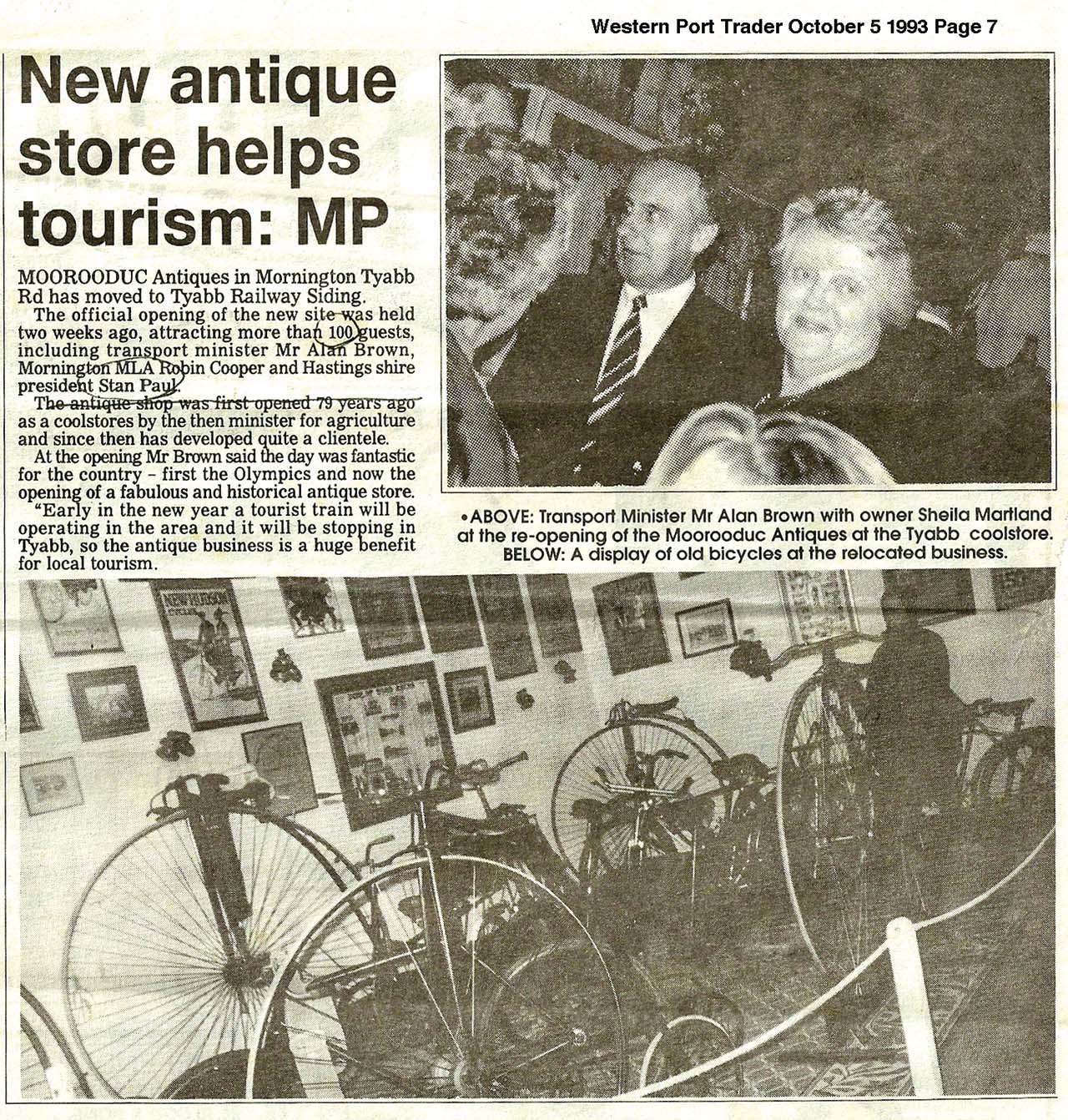
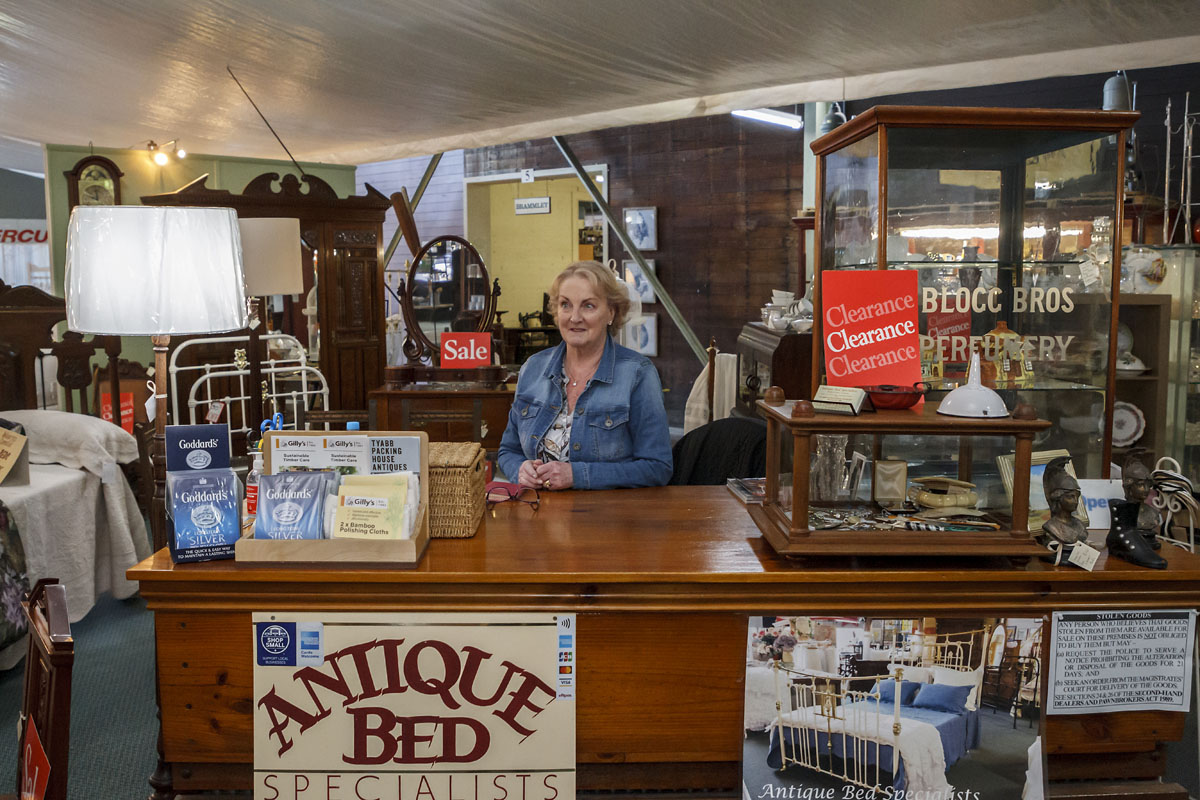
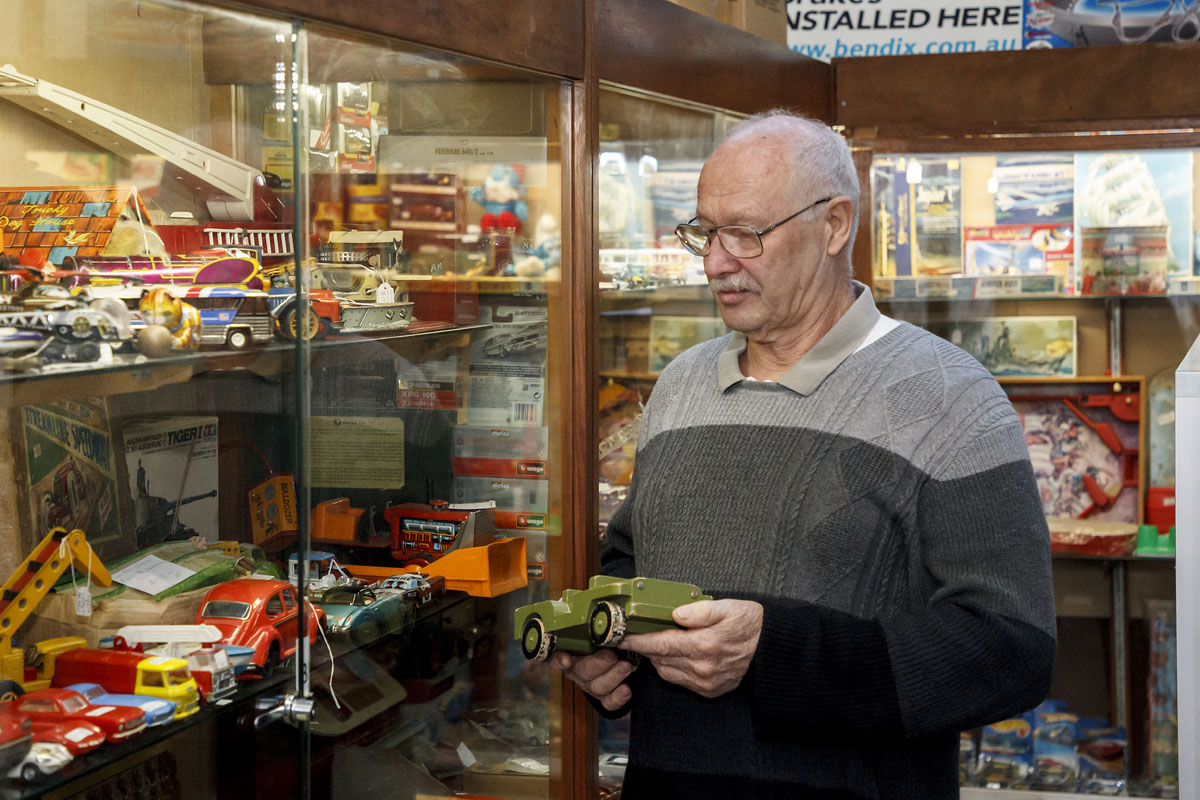
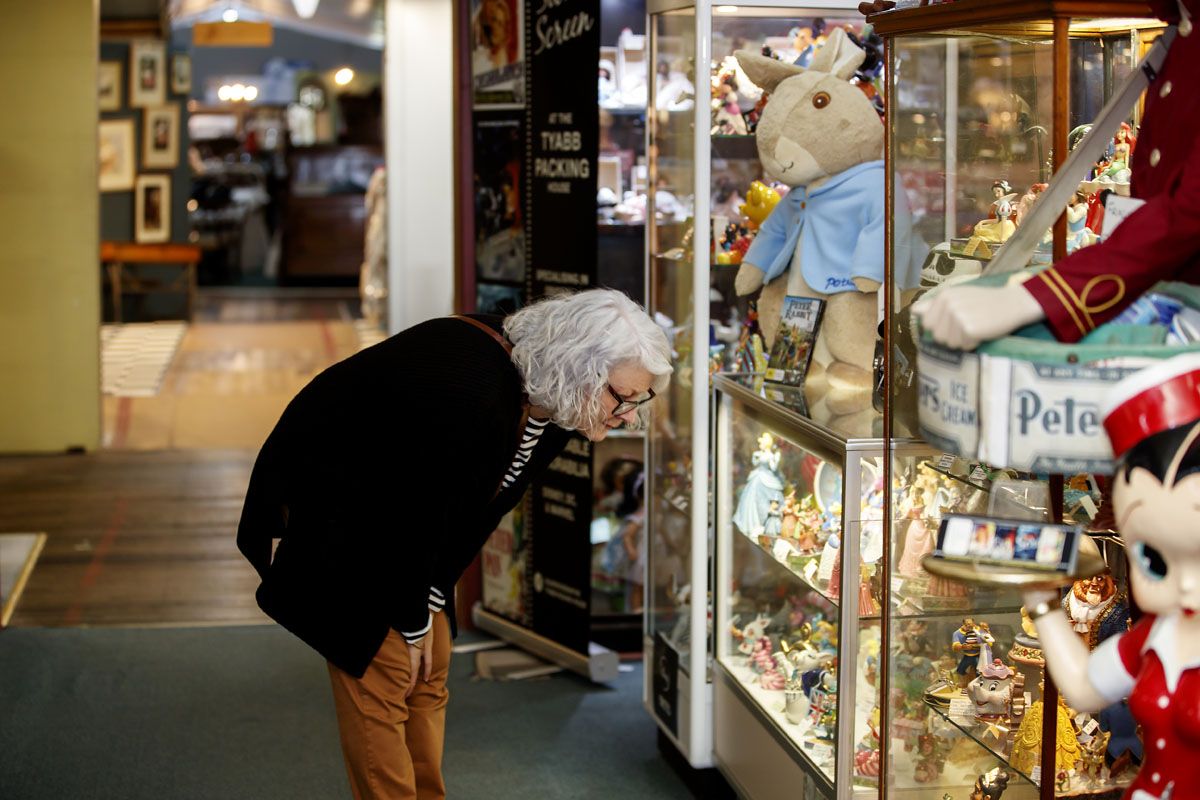

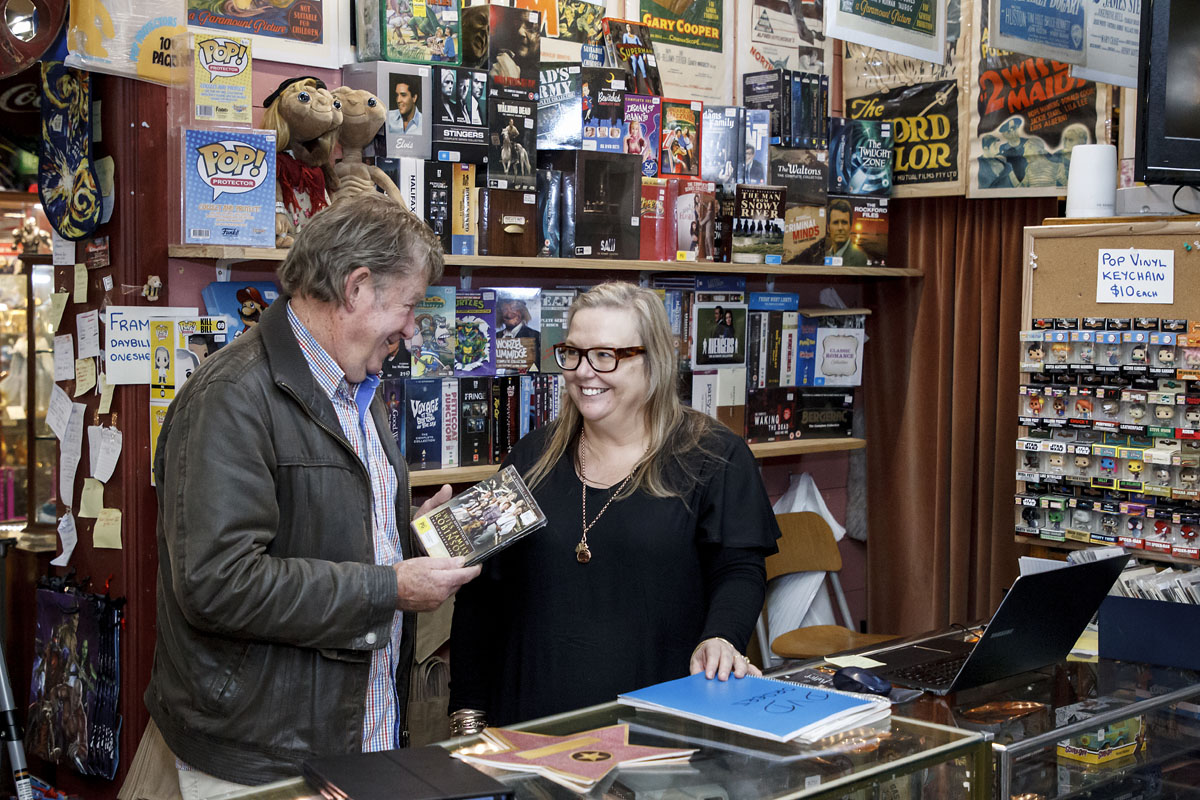
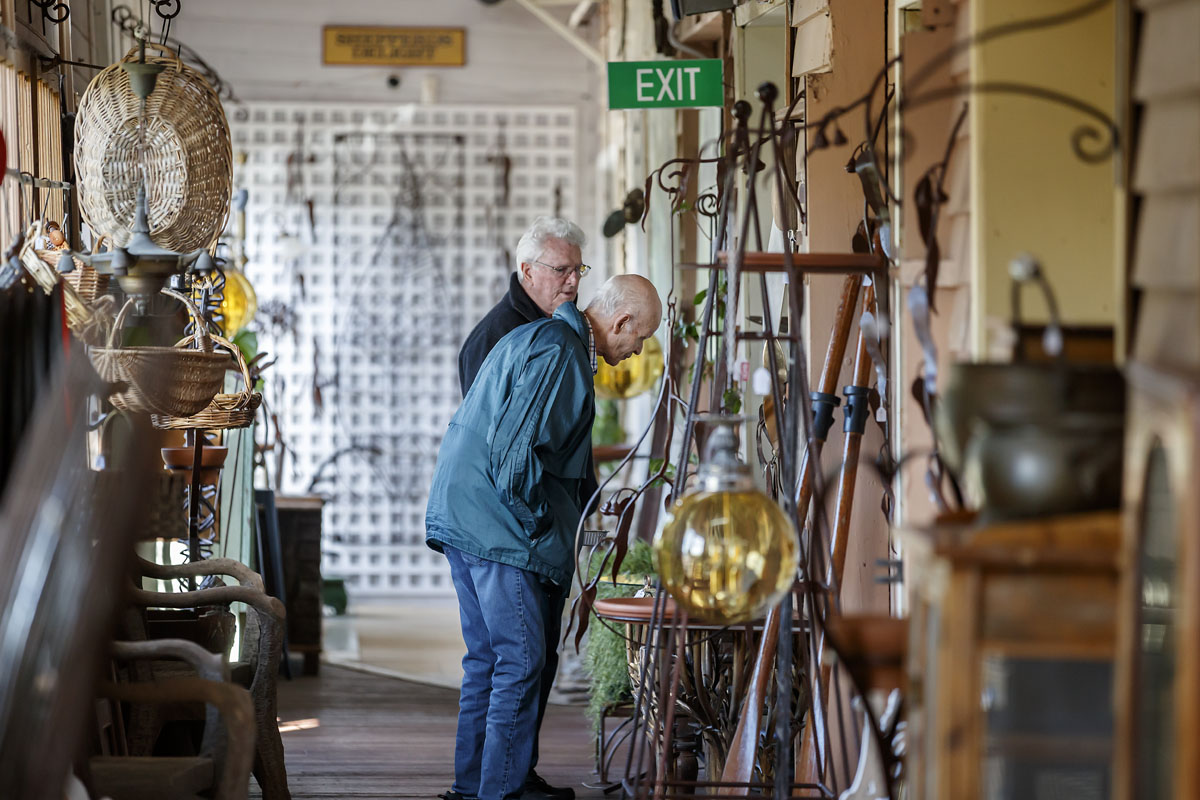
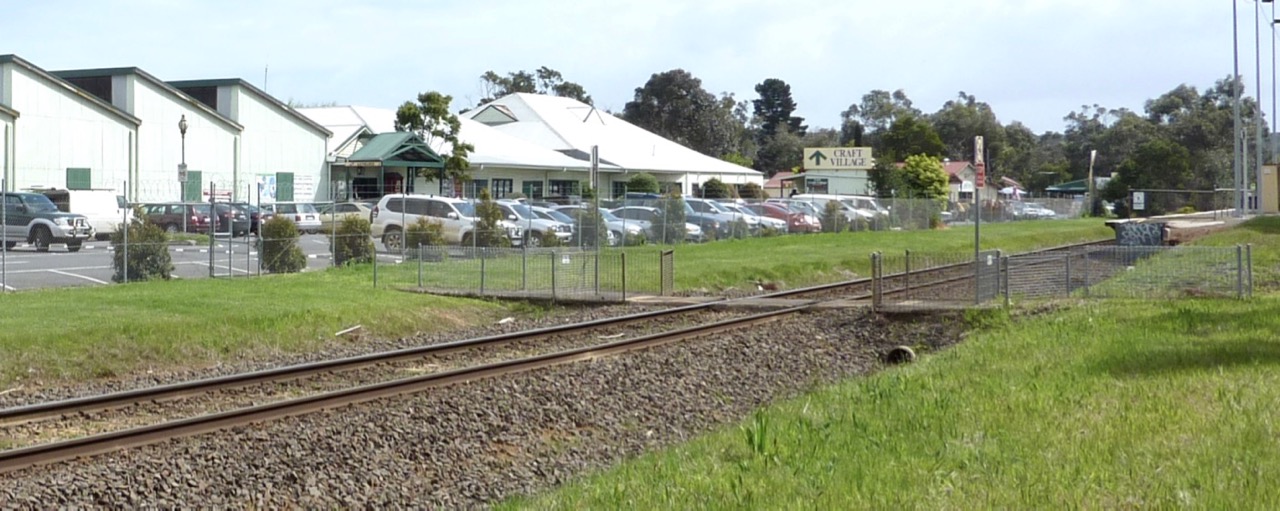
tyabbpackinghouseantiques.com.au
@tyabbpackinghousetyabb
By Peter McCullough Photos Yanni & Supplied
